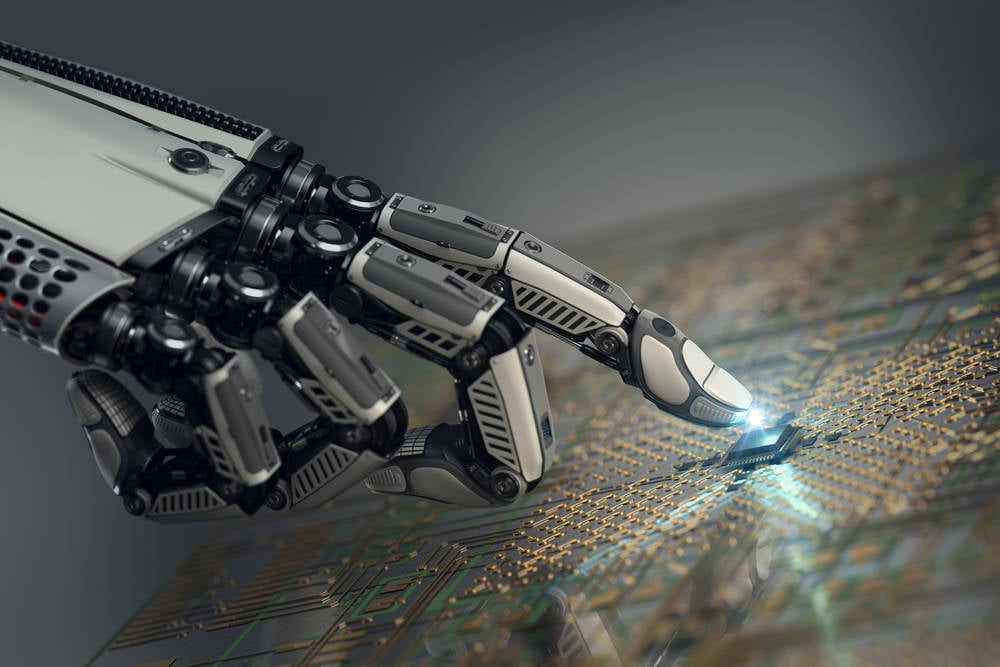Ads
Doing the dirty work for Australia’s Woodside Energy will help prepare bot for work in space
NASA announced on Friday its humanoid robot, Valkyrie, is headed to Western Australia, where Perth-based Woodside Energy will put it through its paces with a view to “remote caretaking of uncrewed and offshore energy facilities.”
The collab with Woodside is “reimbursable” – meaning the energy outfit will pay NASA’s costs as the aerospace agency works to “develop remote mobile dexterous manipulation capabilities” for taking care of uncrewed facilities.
In return, Woodside Energy will test the droid’s software and provide NASA with data it can use to accelerate its robot tech for remote operation from Earth while the robot is on Mars or the Moon in an astronaut-less environment.
Extraterrestrial chores for bots could include inspecting and maintaining infrastructure and tending to plants grown in outer space. NASA hopes Valkyrie can tend to “dull and repetitive tasks” thereby freeing up human time for higher level work.
“NASA plans to leverage experience operating Valkyrie in Woodside’s facilities to learn how to better design robots for work in dirty and hazardous conditions, like those found on the Moon at the long-term worksites and habitats that will be established as part of future Artemis missions,” explained the aerospace org.
The six-foot-tall Valkyrie, also known as R5, has been in development for a decade, but has a history of poor performance.
Valkyrie runs on a pair of Intel Core i7 processors and a 1.8kWh battery. It can operate on its own for about an hour. Its main perceptual sensor is a modified Carnegie Robotics Multisense SL that allows for IR structure light point cloud generation, though its torso is equipped with hazard cameras, as is its head..
A host of elastic rotary actuators enable subtle movements. Valkyrie’s simplified hands consist of only three fingers and a thumb and its head has three degrees of movement. The bot’s designers have given it some anthropomorphic touches as well, in the hopes the robot can feel more like a coworker than a piece of metal during those lonely long missions.
“Our robot is soft. If you brush against it while you’re working, you don’t want to feel this cold, hard metal. You want it to feel natural, like you’re working next to another human being. The soft goods – the clothes we put on the robot – give it that feel, that appearance of being more comfortable to be near,” JSC team leader Nicolaus Radford told IEEE Spectrum in 2013.
Valkyrie’s legless predecessor, R2, was eventually deployed on the International Space Station (ISS) for menial tasks, like cleaning rails and sweeping. The droid was eventually even given legs. ®











